What Are The Categories Of Pet Food?
For Pet Owners, Pets Are Like Members Of The Family, And They Want To Give Them The Best Living Environment And Food. Today's Pet Industry Is Developing Rapidly, And Pet Food Is Also Mixed, So You Should Be Cautious When Choosing Pet Food.
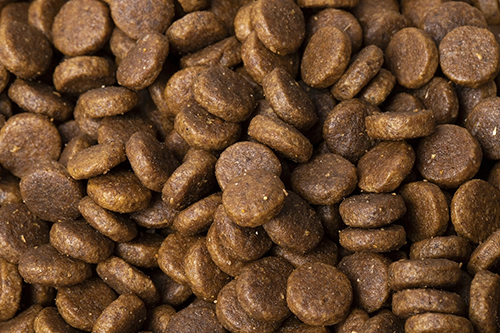
1. Dry Dog Food
Contains 10% To 12% Water, Has High Nutritional Value, Is Easy To Store For a Long Time, Is Nutritious And Hygienic, Economical, And Has The Function Of Strengthening Gums And Bite Force. Generally, Dry Dog Food On The Market Belongs To This Category.
2. Wet Dog Canned Food
Contains 75% To 80% Water, And The Relative Nutritional Value Is Slightly Uneven, But The Taste Is Quite Good. After Opening The Can, It Should Be Used Up As Soon As Possible Or Stored In The Refrigerator. Of Course, The Cost Is Higher, Such As The Dazzling Array Of Canned Food And Lunch Boxes.
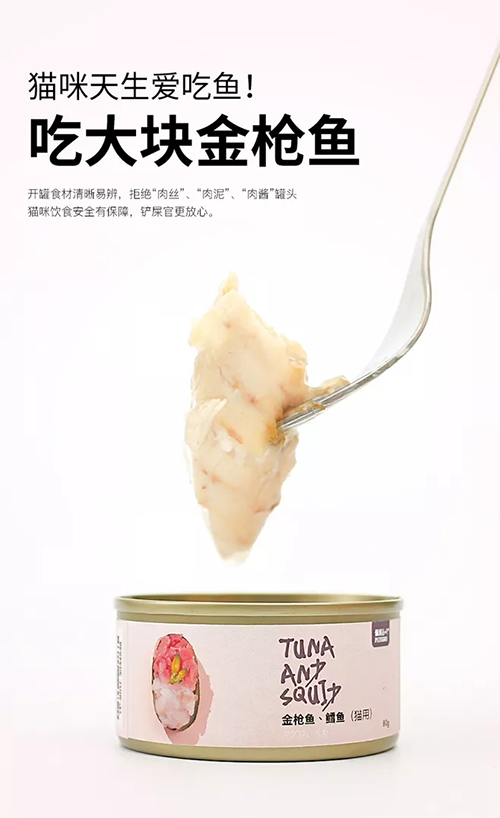
3. Soft (Semi-Dry) Dog Food
Contains 20% To 28% Moisture, And The Nutrition Is Quite Balanced, But If It Is Not Refrigerated After Opening, The Shelf Life Is Not Long. (Palatal) Soft Texture And Good Taste Are Conducive To Eating, But The Consumption Cost Is Higher.
4. Dog Snacks
Supplementary Foods Containing 15% To 60% Moisture, With a Wide Variety And Good Palatability, Have Special Appeal, And Have Different Nutritional Values. They Cannot Be Generalized. They Should Be Properly Stored After Opening, And The Price Is Much More Expensive. Like Various Dried Meat Dog Snacks, Tooth Chewing Dog Snacks, Dog Biscuits, Freeze-Dried Dog Snacks, Etc.
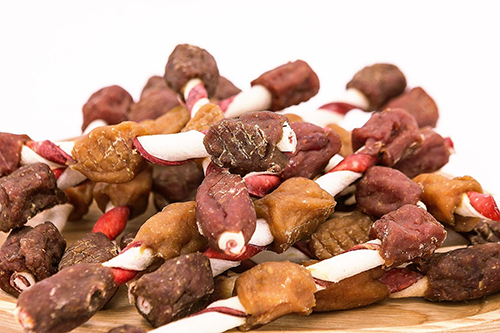
Nutritional Ingredients Of Pet Food
The Pet Food Standard Covers Several Aspects Such As Water, Protein, Crude Fat, Crude Ash, Crude Fiber, Nitrogen-Free Extract, Minerals, Trace Elements, Amino Acids, Vitamins, Etc. Among Them, Crude Ash Is Non-Nutritional Content, And Crude Fiber Has The Effect Of Stimulating Gastrointestinal Motility. The Nutritional Design And Manufacturing Of Pet Food Must Be Guided By a Pet Nutritionist Who Specializes In Pet Nutrition. According To The Different Growth Stages, Physical Constitution, Different Seasons And Other Aspects Of The Pet, Scientific And Reasonable Pet Food Standards Should Be Formulated According To Nutritional Needs. When Purchasing And Using Food For Pets, It Should Be Selected According To The Pet's Own Physiological Characteristics And Growth Stage, And Reasonably Matched And Fed.
What Can't Pets Eat? Beware That These Foods Are Not Suitable For Pets
1. Grapes And Raisins
Among Fruits, Grapes Are Toxic To Dogs, And Even Raisins Are The Same, So Don't Feed Grapes To Your Dog At Home To Avoid Accidents.
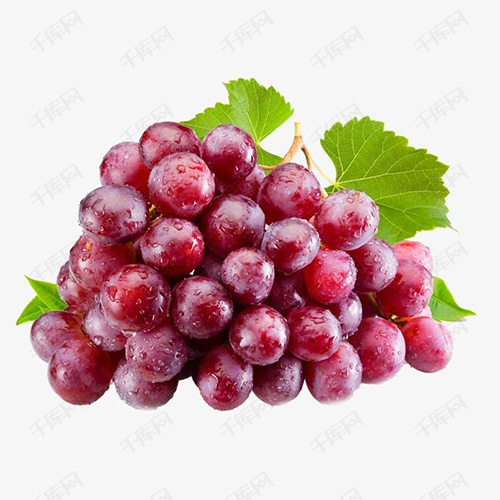
2. Chewing Gum
Xylitol In Chewing Gum Is a Sweetener. When Dogs Eat It, It Will Cause Blood Sugar Levels To Rise. At This Time, Insulin Release Can Lower Blood Sugar, But The Dog's Body Should Be Maintained At a High Blood Sugar Level. Once Blood Sugar Is Lowered, It Is Easy To Die.
3. Chocolate
People Who Keep Pets Should Know That Chocolate Is Absolutely Not For Cats And Dogs. The Theobromine Component In It Can Cause Them To Be Poisoned, Accompanied By Vomiting, Convulsions, Fever And Other Symptoms, And Severe Cases Can Cause Death.
4. Raw Eggs
Raw Eggs Have Certain Nutritional Value. Some Owners Will Feed Them To Their Pets. However, Although They Can Be Eaten, There Are Risks. Raw Eggs Contain Salmonella, Which May Cause Skin Discomfort To Cats.
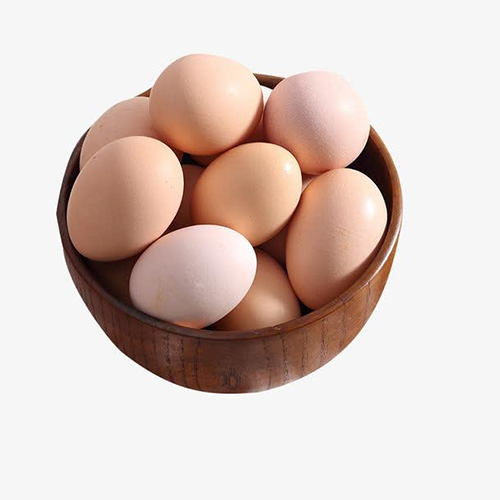
5. Onions And Garlic
Foods Such As Onions, Ginger And Garlic Are Not Very Good For Cats And Dogs. The Ingredients Of Onions And Garlic Can Destroy Red Blood Cells In The Body, And Excessive Intake Can Cause Organ Failure.
6. Mushrooms
When Taking Your Pet Out For a Walk, Be Careful Not To Let Your Pet Accidentally Eat Wild Mushrooms On The Roadside. Some Wild Mushrooms Are Toxic And Must Be Avoided For Safety Reasons.
7. Alcohol
The Alcohol In Alcohol Can Also Cause Damage To Pet Organs, And The Degree Of Impact Is Determined By The Pet's Body Shape. In Severe Cases, It Can Cause Coma, Convulsions And Even Death.
8. Nuts
Nut Foods, Especially Macadamia Nuts, Are Most Likely To Have An Impact On Cats And Dogs. Eating Them Will Cause Stomach Discomfort Or Fever. Be Careful Not To Eat Them By Mistake.
9. Avocado
People Who Keep Birds, Rabbits, And Horses Should Be Careful Not To Let Them Eat Avocados, Because The Persin Component In Avocados Can Cause Heart Problems, Breathing Difficulties, Diarrhea, Vomiting, Palpitations, Etc.
10. Caffeine
The Caffeine In Coffee, Like Alcohol, Can Cause Stomach Discomfort In Pets, Accompanied By Vomiting Symptoms, And In Severe Cases, Convulsions And Heart Failure.
11. Milk
Maybe Everyone Thinks That Milk Is a Relatively Safe Food And Has High Nutritional Value, So It Is Often Given To Pets. But In Fact, Cats Are Lactose Intolerant, And Some Cats Will Still Have Diarrhea Symptoms After Drinking Milk.
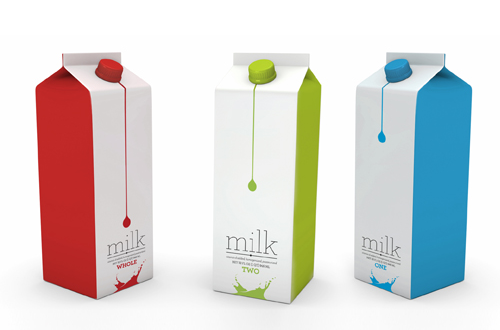
Post time: Jun-03-2024
